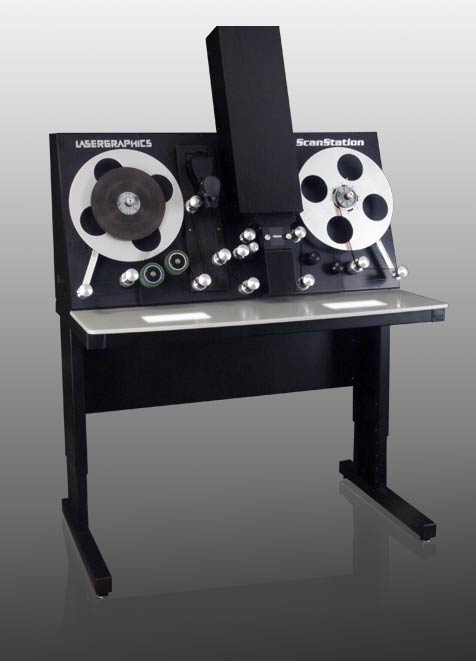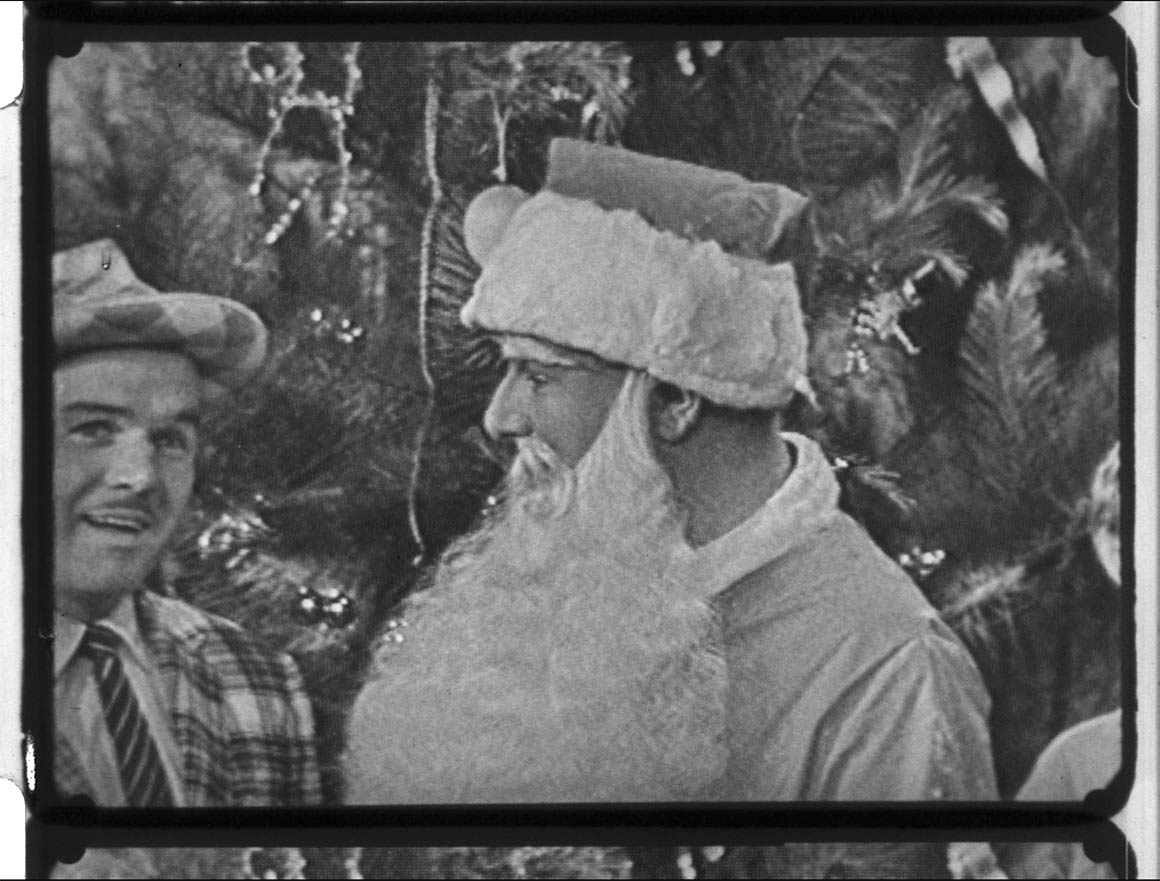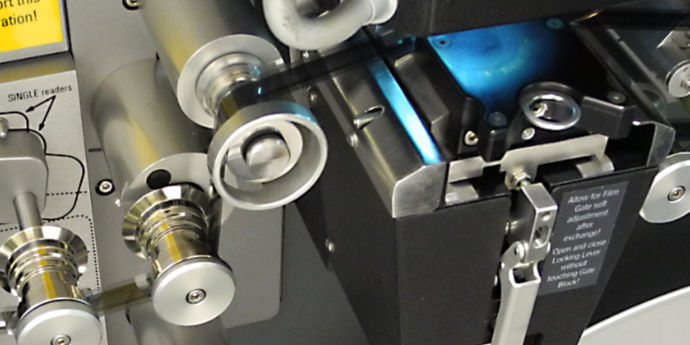As I mentioned in the previous post, one kine reel had a noticeable “vinegar syndrome” smell. The Australian National Film and Sound Archive describes the problem:
“Vinegar syndrome is a term used to describe the chemical reaction that goes on during the deterioration of cellulose triacetate film support. The presence of the odour does not mean the film has degraded, but rather that the reaction is taking place.”
Vinegar syndrome causes shrinkage of the film base — this appears to have happened to the 1959 kine of “Merry Make-Believe”. The shrinkage had also caused the film to twist. Shrinkage was the most likely reason it would not play on a 16mm projector without constantly losing registration with the pull-down claw.
Thankfully the degradation was not advanced and the film could still be easily spooled.
I was originally expecting it to be playable on the Spirit Datacine, which has no claw and only one sprocket for detecting film motion. But the twisting of the film made it jump off the sprocket and lose synchronisation.
A more forgiving scanning solution was needed for this reel, and thankfully I found one.
A bit of searching on the web turned up a company in Boston, USA, which had a Lasergraphics Scan Station — a scanner which does not use mechanical registration of the film. Instead it scans the sprocket holes and digitally registers each frame.

Gamma Ray Digital were immediately encouraging in their response to my enquiry email:
“This is precisely the kind of film our scanner was designed to work with, so yes, we can do 2k scans of these. As long as the film is able to be unwound from the reel, it should pass through the scanner without major issues.”
So, the first third of the problem reel was excised and posted to the USA for a test. A 20-second sample scan returned via Dropbox was excellent. Rock steady registration of the sprocket holes and excellent quality of image. There was no sign of any problems from the shrunken and twisted film.
I wanted to get this film scanned ASAP before the vinegar syndrome advanced to the stage that the film became unplayable.
I sent over the remainder of the reel for scanning at 2K resolution, thus rescuing from oblivion this piece of historical Australian television.

I now had four of the Tarax Show Christmas Pantomimes reels scanned. The fifth and earliest reel, the 1958 production of “Sleigh Bells”, was not showing any signs of degradation and I’m confident it can be deferred to a later date.
It was now time to analyse the scans and draw up a restoration plan. That will be the subject of the next few blog posts.
